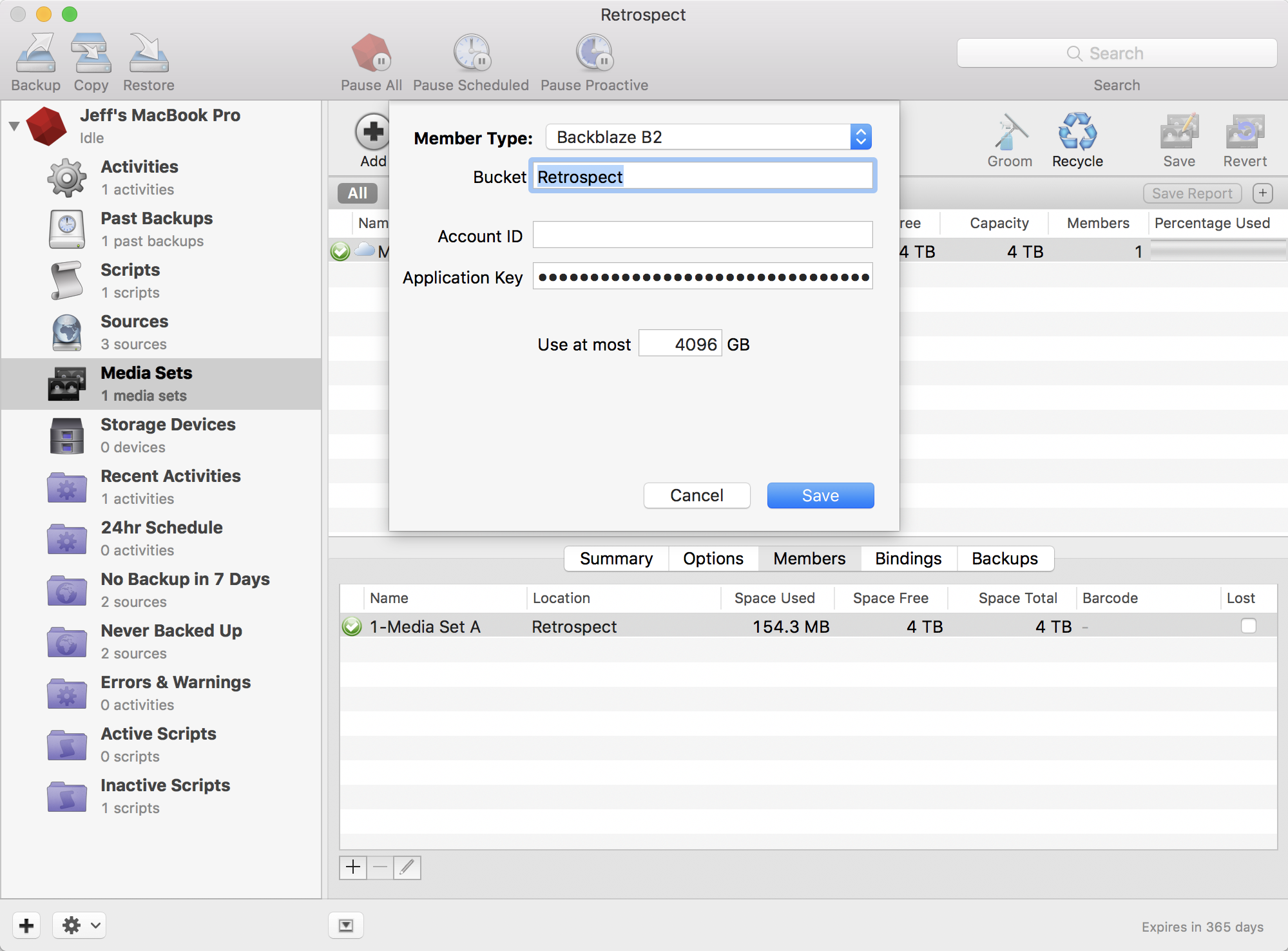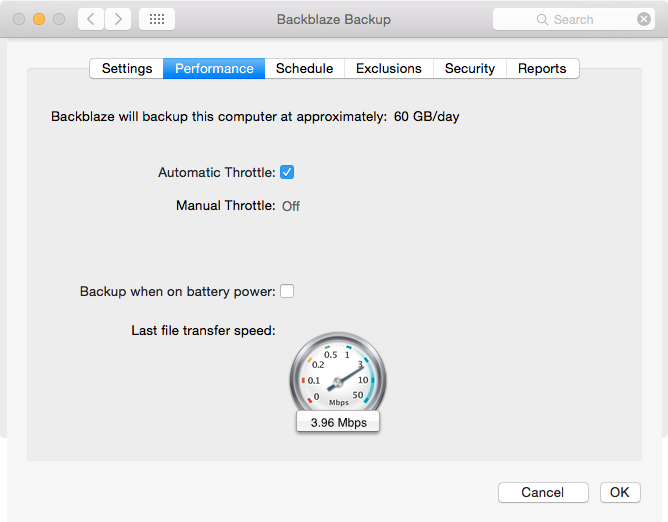
Restic -r b2:my-repo:/backup -exclude-file=/etc/restic/excludes.txt -verbose backup /home/tony > "/tmp/backup_$CURRENT_DATE" 2>&1 I have a simple cron job that runs every six hours and calls the script below: #!/bin/bashĮxport CURRENT_DATE=$(date +%m_%d_%y_%H_%M_%S)

Restic, which has a simple command-line interface, makes this easy.

With a robust backup tool selected, I'm ready to set up some processes to run my backups regularly. It also natively encrypts backups, and I found it very easy to set up and use. It automatically detects file changes and allows you to compare previous backup snapshots so that you can restore older versions of a file. Aside from being very easy to use, Restic has many useful features that anyone would want in a mature backup solution. Restic is a fantastic open source backup application that works smoothly with many different types of cloud and local back-end storage systems. Essentially, I wanted a solution that I could stick into a cron job and forget about. I also wanted it to "just work" without dozens of command-line flags or weird corner cases to consider. It also had to be easy to use with a very low learning curve. First, it needed a robust command-line interface so that I could integrate it into a regular script. When I started thinking about what I wanted in a piece of backup software, I realized there were a few essential criteria.

I've met many people who develop their own backup scripts using rsync or ship filesystem-level snapshots off to backup servers. There are tons of options: A simple online search for "Linux backup" turns up hundreds of thousands of results. The first step toward a fully backed up system is to decide on the software to use.



 0 kommentar(er)
0 kommentar(er)
